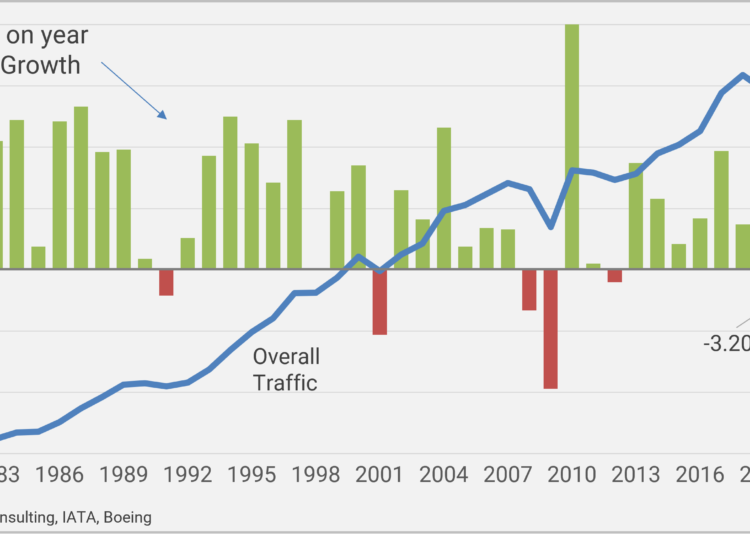Despite recent rate softening, fundamental demand drivers remain robust. Cargo Facts Consulting forecasts global air cargo traffic growth between 4 and 5% in 2025, following an estimated 12% full-year expansion in 2024.

This sustained growth in 2025 will be driven by the resilience of e-commerce, high-value cargo shipments, and regional manufacturing shifts from China towards Southeast Asia and Mexico, creating new air cargo demand corridors.
Cargo Facts projects further volatility through Q1 2025, particularly as tariff-driven manufacturing shifts impact global trade flows. Potential labor disruptions at U.S. ports, ongoing Red Sea instability, and regulatory changes in e-commerce taxation pose additional risks to supply chains.
Furthermore, fluctuating fuel costs and tightening environmental regulations could influence long-term pricing strategies, forcing carriers and forwarders to reassess capacity deployment and contract structures.
Meanwhile, freighter supply constraints are expected to persist due to limited conversion feedstock and insufficient new freighter deliveries to meet demand growth. The Boeing strike and 777-200F delivery delays in 2024 impacted available capacity last year, and narrowbody and widebody freighter retirements will continue tightening supply.
With over 120 large widebody freighter aircraft set to retire in the next few years, capacity shortages could exacerbate rate volatility on high-demand routes.
While January saw the expected post-holiday rate decline, underlying market forces remain strong, driven by geopolitical risks, shifting trade policies, and structural supply chain adjustments.
Cargo Facts Consulting expects the coming months to test the resilience of global air freight networks, as shippers, forwarders, and carriers navigate evolving challenges in 2025.
Supply chain stakeholders must adapt to new realities, and those with flexible strategies, diversified sourcing options, and robust risk mitigation plans will be best positioned to navigate the uncertainties ahead.




